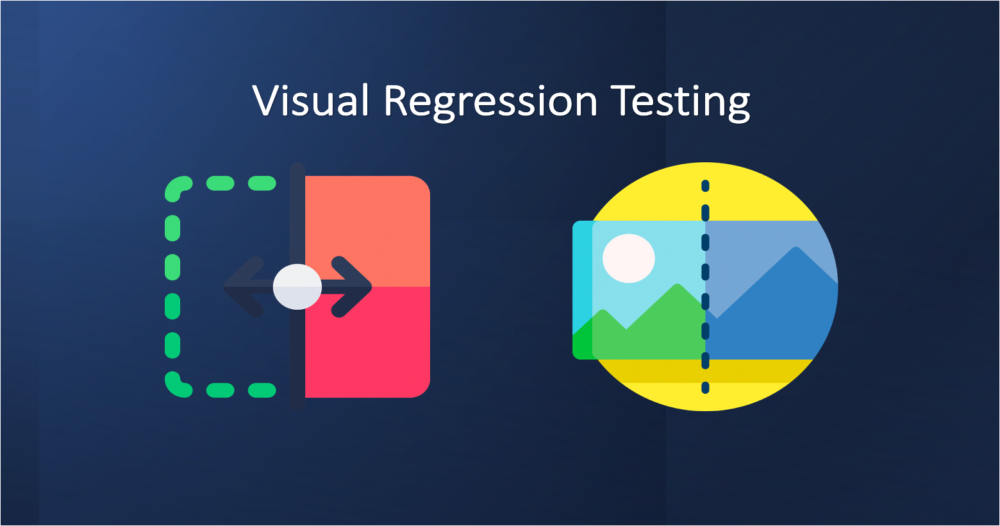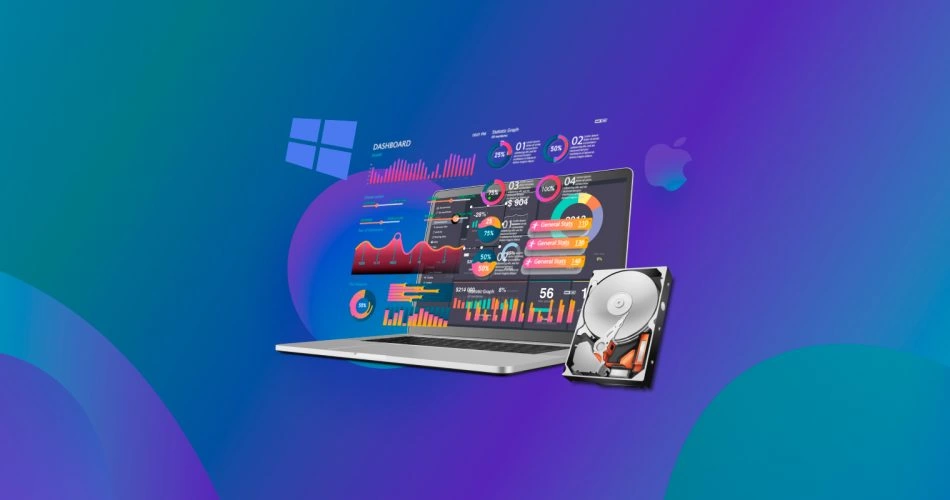Visual regression testing is a way to catch unintended visual changes during application development. It involves taking screenshots of web pages and comparing them with baseline images to identify any differences. This is essential for making sure that new code doesn’t break the existing UI and that everything looks as it’s supposed to across different browsers and devices.
Hence, through this article, we have discussed 10 best practices for visual regression testing to improve your testing to the next level.
In fact, you can use LambdaTest, an AI-based test orchestration and execution platform to perform highly effective visual regression testing. With LambdaTest’s wide array of browser and OS combinations, it is easier for QA teams to validate the UI across multiple viewports without having to maintain a large in-house device lab.
The best part is that LambdaTest provides not just the infrastructure but also advanced features like smart UI comparison techniques that can flag even subtle differences that could be easily missed. Therefore, utilizing LambdaTest for visual regression testing means a more efficient, accurate, and collaborative testing environment.
Ten Best Practices Of Visual Regression Testing
Visual regression testing is crucial for maintaining the integrity of a website or application’s user interface. Following best practices in this area not only ensures that your app looks the way it should but it also saves time and effort in the long run. Here are the 10 best practices for visual regression testing:
1. Select The Right Tools
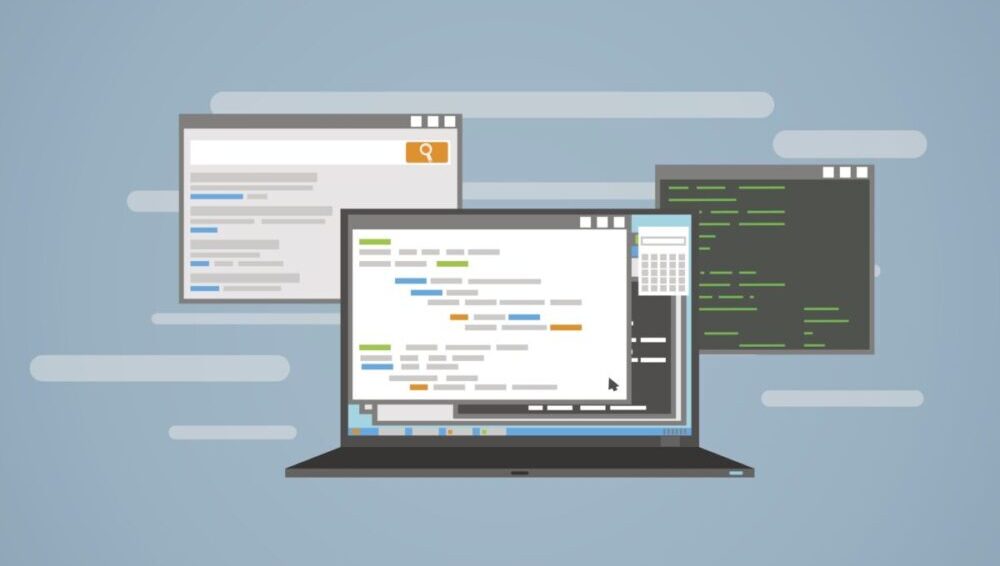
Selecting the right visual regression testing tool is a critical step in setting up an effective testing process for your project. The ideal tool should align with the specific requirements and constraints of your project.
First and foremost, ease of use is a significant factor; a tool with a steep learning curve may slow down progress and could require specialized training, which may not be feasible for all projects.
Integration capabilities are another vital aspect to consider; the tool should seamlessly integrate with your existing development and testing environment, including CI/CD pipelines, version control systems, and project management tools. This ensures a streamlined workflow and enhances productivity.
Reporting features should also be robust, offering clear and actionable insights into the visual differences and ideally supporting notifications for quick action.
Last but not least, the ability to automate tests is crucial for scaling your operations and achieving faster time-to-market. Automated tests save time and reduce human error, making them an essential feature for any visual regression testing tool.
2. Create Baseline Images

Establishing baseline images is a foundational step in the process of visual regression testing. These images serve as the “gold standard” or reference point for what the application should look like under different conditions or configurations.
The ‘good’ screenshots are taken from the application when it is in a state that has been approved by designers, developers, and other stakeholders. These baseline images are then stored securely and serve as the yardstick against which all future screenshots are compared.
It’s crucial that baseline images are well-documented, with information on how and when they were captured and under what conditions or environment settings. This ensures that anyone who reviews the test results can easily understand what the baseline conditions are.
Once set, these baseline images are generally approved by cross-functional teams to ensure they accurately represent the desired state of the application. This practice solidifies the testing process, reduces ambiguity, and allows for a more streamlined, reliable method of identifying any visual discrepancies in future versions of the application.
3. Test Across Multiple Browsers And Devices

Testing across multiple browsers and devices is an essential aspect of visual regression testing because browser and device fragmentation can significantly impact how an application appears and functions.
With the multitude of browsers like Chrome, Firefox, Safari, and Edge, as well as an ever-growing list of devices with varying screen sizes and resolutions, it’s crucial to verify that your application maintains its visual integrity across these different environments.
Simply put, what looks good and works well on one browser or device might not on another. Therefore, by performing visual regression tests across a representative sample of browsers and devices, you can ensure a consistent user experience and appearance, thus minimizing the risk of alienating or frustrating users.
4. Automate As Much As Possible
Automating as much of the visual regression testing process as possible is not just a time-saver; it’s a strategy for reducing the likelihood of human error and increasing the consistency and reliability of your tests. Manual procedures for capturing screenshots, comparing them to baseline images, and reporting results can be tedious and prone to mistakes.
They also don’t scale well, becoming increasingly cumbersome as your application grows in complexity and as you extend testing to more browsers and devices. Automation alleviates these problems by programmatically capturing screenshots at specified states of your application, conducting pixel-by-pixel comparisons with baseline images, and generating detailed reports that highlight discrepancies.
This allows teams to swiftly identify and address visual inconsistencies, thereby maintaining a high standard of quality for the end-user experience.
5. Be Selective In What You Test
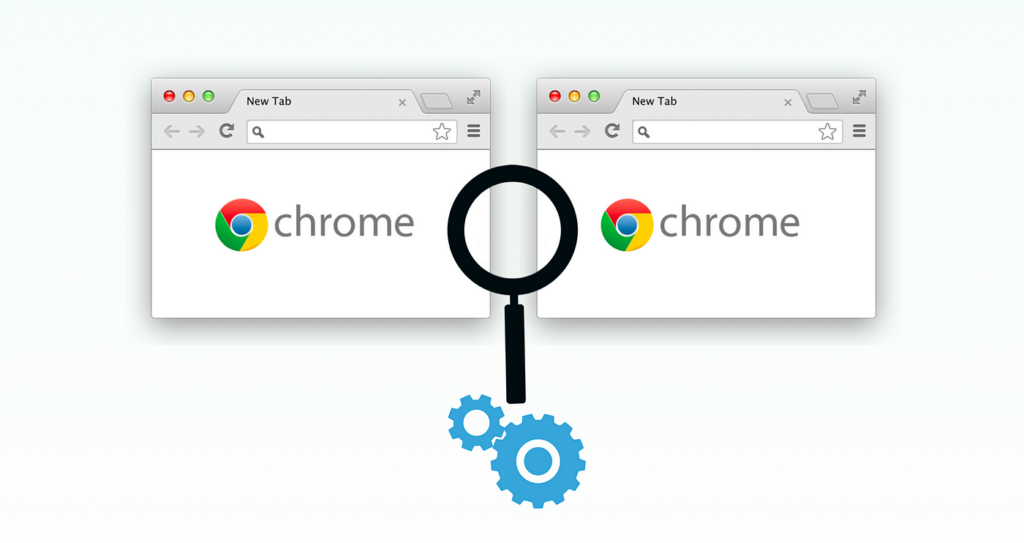
While thorough testing is crucial for ensuring a high-quality user experience, it’s neither practical nor necessary to test every single page and element within your application for visual regression. The sheer volume of possible tests could become overwhelming and time-consuming, and not all pages or elements are of equal importance.
Instead, a more strategic approach would be to prioritize critical user flows and key pages for testing. These are the sections of your application that are most frequently used or have the most significant impact on user experience and business metrics. Thus, being selective in what you test enables a more focused and practical application of visual regression testing.
6. Integrate With CI/CD Pipeline
Integrating visual regression tests into your Continuous Integration/Continuous Deployment (CI/CD) pipeline is a strategic move that greatly enhances the efficiency and reliability of your testing process. The CI/CD pipeline automates various stages of software delivery, from coding to deployment, allowing for frequent code changes to be automatically tested and prepared for release.
By embedding visual regression tests within this pipeline, you create an automated safety net that captures visual discrepancies as they arise, effectively catching bugs before they reach production. This ensures that each new commit or pre-deployment build is automatically subjected to a rigorous set of visual checks, aligning the visual consistency of your application with the rapid pace of development and deployment.
Furthermore, CI/CD integration allows for immediate feedback to developers, enabling quick corrective actions if any issues are detected. This level of automation also frees up human resources, allowing teams to focus more on feature development and less on manual testing.
7. Run Tests In Parallel
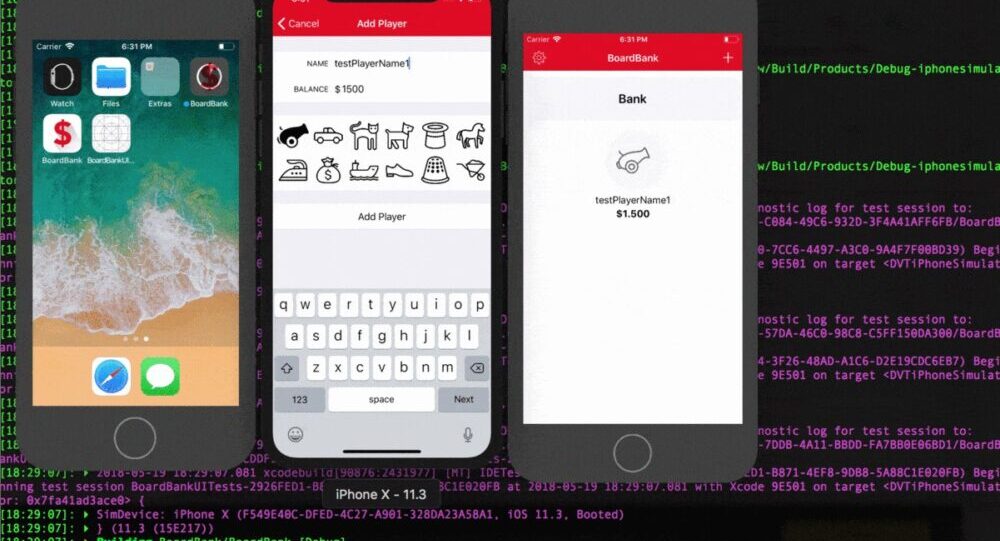
Running tests in parallel is a highly effective strategy for accelerating the visual regression testing process, especially for larger projects with numerous test cases. Traditional sequential testing can be time-consuming, as each test case must be completed before the next one begins.
However, many modern visual regression testing tools offer the capability for parallel execution, allowing multiple test cases to run simultaneously. This drastically reduces the overall time required to complete the testing phase.
For example, if you have ten test scenarios and each takes a minute to run sequentially, you’re looking at a minimum of ten minutes for complete execution. In contrast, running these tests in parallel could potentially reduce the total time to the duration of the longest individual test, provided you have sufficient computational resources.
8. Review And Update Baselines Regularly
The dynamic nature of software development means that visual designs are bound to change over time due to feature updates, design overhauls, or other modifications. In this context, baseline images for visual regression testing aren’t set in stone; they require regular review and updating to stay relevant and effective.
Outdated baseline images can lead to false positives, where tests flag discrepancies that are actually intended changes, wasting time and resources to investigate non-issues. Conversely, they may also result in false negatives, where real issues go unnoticed because they don’t deviate from an outdated baseline.
To mitigate these risks, it’s crucial to implement a routine for reviewing and updating baseline images. This could be triggered by specific events, like a new feature release, a major design update, or scheduled as regular maintenance.
9. Use Semantic Versioning
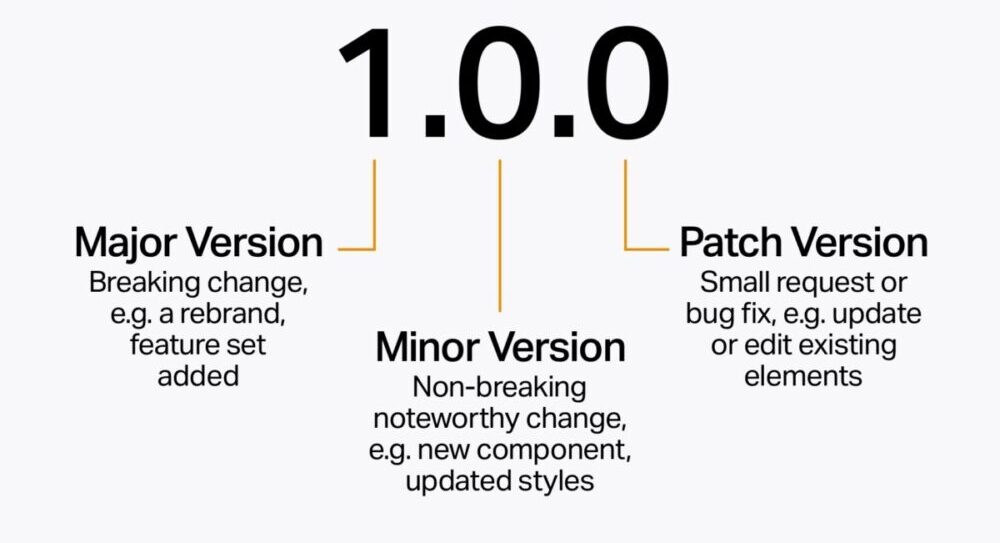
Using semantic versioning for storing and labelling baseline images offers a structured and meaningful way to keep track of changes over time. This versioning system typically involves three components: major, minor, and patch versions, each separated by dots (e.g., 1.2.3).
Major version changes might indicate a significant redesign or rebranding, minor versions could denote feature additions that change some visual elements, and patch versions may involve minor tweaks or bug fixes.
Employing a semantic scheme makes it easier to understand the history of visual changes at a glance. If discrepancies are detected during a test, the version number can provide immediate context about the nature and magnitude of the changes, helping to expedite the debugging process.
Semantic versioning also simplifies the process of rolling back to earlier versions, whether for testing or reverting to a stable state in case of problems. You can easily pinpoint which set of baseline images corresponds to a particular version of the application, making the rollback process more accurate and less error-prone.
10. Make It A Team Effort
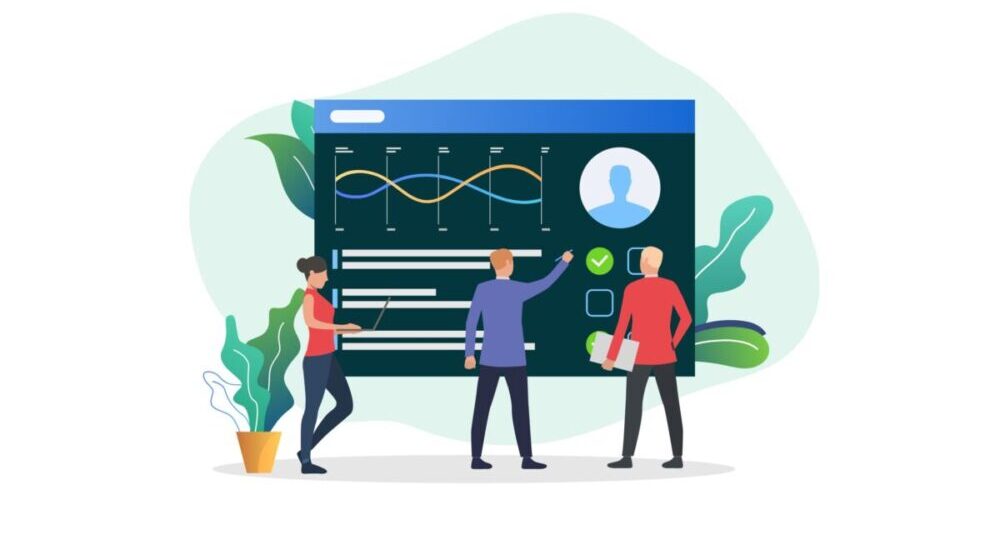
Incorporating a team-based approach to visual regression testing is crucial for ensuring a comprehensive and effective testing strategy. While it might be tempting to silo this process within the QA team, the best results come from a collaborative effort that includes designers, developers, and QA professionals.
Designers bring a nuanced understanding of the intended visual elements and user experience, making their input invaluable for defining what ‘correct’ looks like in a baseline image.
Developers, being the architects of the application, offer technical insights that can help navigate the complexities that might not be visible on the surface but could affect visual rendering. And, of course, QA teams bring their expertise in systematic testing, ensuring that the process is robust and comprehensive.
Thus, making visual regression testing a team effort not only elevates the quality of testing but also fosters a culture of collective responsibility for the product’s quality.
Conclusion
Keep in mind that visual regression testing is an ongoing effort that requires collaboration, attention to detail, and the right tools.
As technology and design trends continue to evolve, staying committed to these best practices will help ensure that your applications maintain their visual integrity and functionality across different platforms, browsers, and devices.
So, embrace the power of visual regression testing and pave the way for more polished, user-friendly software experiences.

